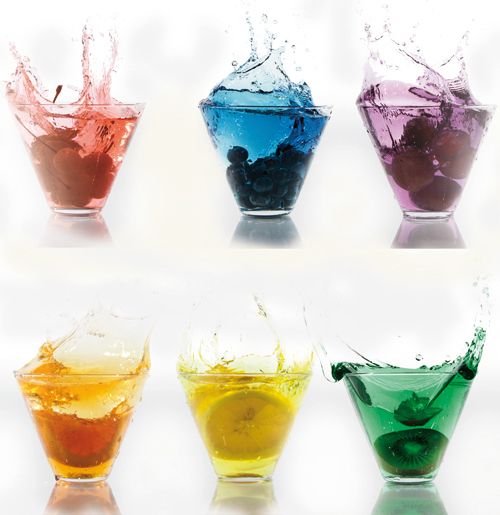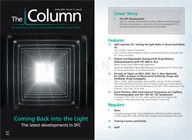Identification of Synthetic Colorants Using HPLC–DAD and Chemometrics
A team of researchers from the State Laboratory of Chemo/Biosensing and Chemometrics in China has developed a novel high performance liquid chromatography-diode array detection (HPLC–DAD) method for the identification of six synthetic colours in five beverages.
Photo Credit: Cuellar/ Heidinger photography/ Getty Images

A team of researchers from the State Laboratory of Chemo/Biosensing and Chemometrics in China has developed a novel high performance liquid chromatography-diode array detection (HPLC–DAD) method for the identification of six synthetic colours in five beverages.1
Synthetic colours are a very popular type of food colourings because they are brighter, more uniform, and have a wider range of hues. They are also less expensive than colours derived from nature.
A chemometrics-assisted strategy was utilized to solve interfering patterns from different chromatographic columns and sample matrices for the rapid simultaneous determination of synthetic colorants in five kinds of beverages. The experiment was performed using two types of LC columns under the same elution conditions. Although analytes using different columns have different co-elution patterns that appear more seriously in complex backgrounds, all colorants were properly resolved by alternating a trilinear decomposition (ATLD) method, and accurate chromatographic elution profiles and spectral profiles as well as relative concentrations were obtained. The results were verified by those obtained using traditional HPLC–UV, with the results of both consistent with one other.
The team concluded that the proposed chemometrics-assisted HPLC–DAD method is accurate, economical, and universal, and can potentially be applied to solve varying interfering patterns from different chromatographic columns and sample matrices for the analysis of complex food samples. - K.M.
Reference
1. Xiao-Li Yin et al., Journal of Chromatography A1435, 75–84 (2016).

AOAC International Awarded NIST Grant for Developing Drug Testing Standards
October 31st 2024The grant will be part of a new collaborative scientific initiative to address the need for standards that define the desired performance of lateral flow immunoassay test strips to detect illicit drugs in tablets and powders.
AI and GenAI Applications to Help Optimize Purification and Yield of Antibodies From Plasma
October 31st 2024Deriving antibodies from plasma products involves several steps, typically starting from the collection of plasma and ending with the purification of the desired antibodies. These are: plasma collection; plasma pooling; fractionation; antibody purification; concentration and formulation; quality control; and packaging and storage. This process results in a purified antibody product that can be used for therapeutic purposes, diagnostic tests, or research. Each step is critical to ensure the safety, efficacy, and quality of the final product. Applications of AI/GenAI in many of these steps can significantly help in the optimization of purification and yield of the desired antibodies. Some specific use-cases are: selecting and optimizing plasma units for optimized plasma pooling; GenAI solution for enterprise search on internal knowledge portal; analysing and optimizing production batch profitability, inventory, yields; monitoring production batch key performance indicators for outlier identification; monitoring production equipment to predict maintenance events; and reducing quality control laboratory testing turnaround time.